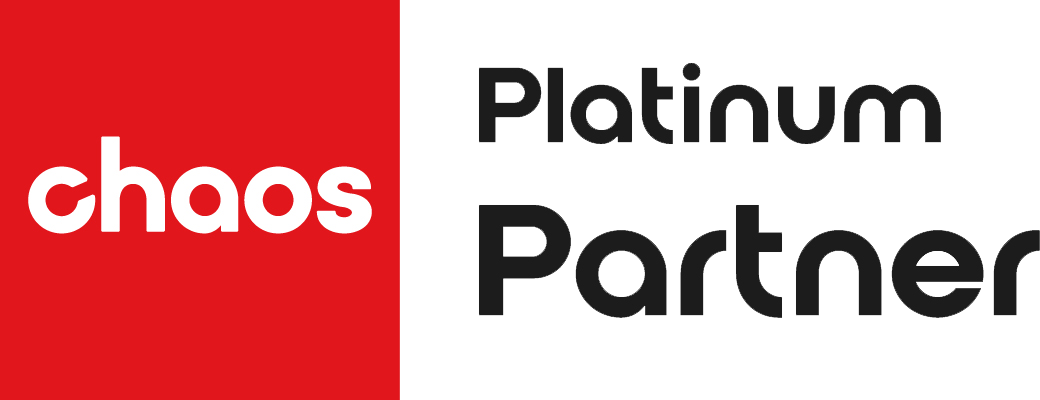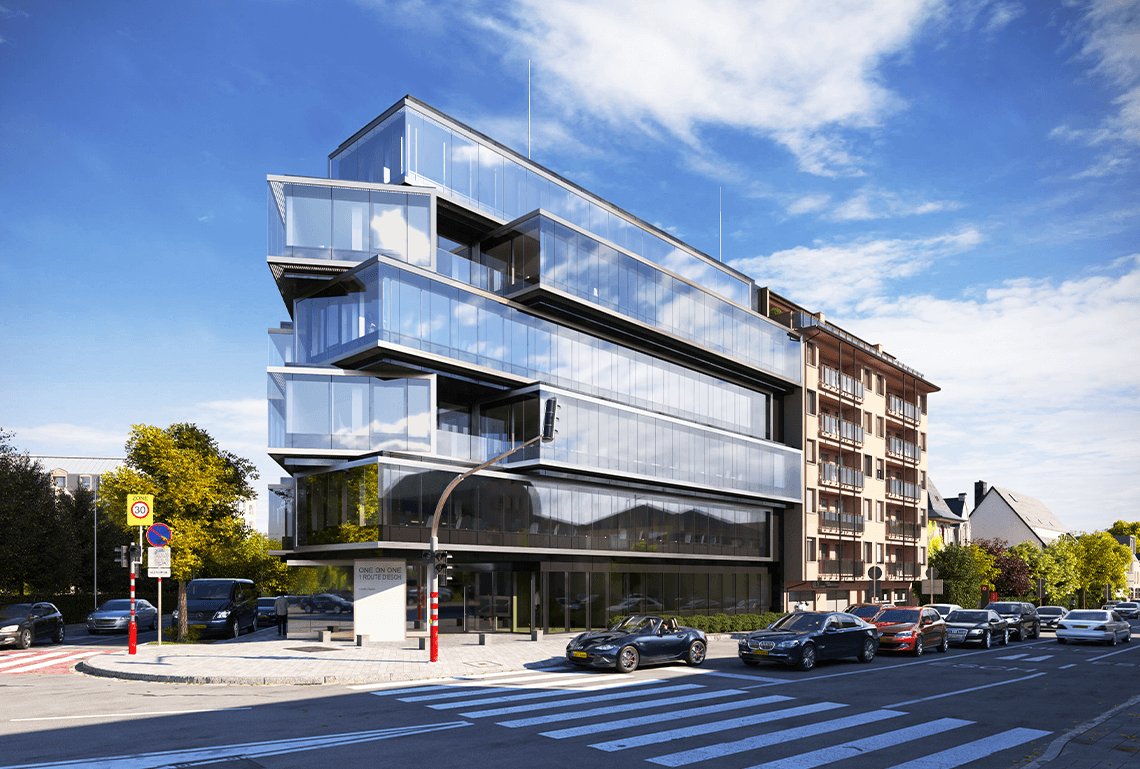V-Ray continues to evolve in 2025, introducing powerful new features that push the boundaries of quality, interactivity, and user experience. Whether you use V-Ray for SketchUp, 3ds Max, Revit, Maya, Rhino or other host platforms, the latest updates add tools that can reshape how you approach scene setup, rendering, iteration, and delivery.
In this post, we’ll break down the headline changes in V-Ray 2025, analyse how they impact everyday workflows, and suggest tips for adapting effectively.
Key 2025 Updates in V-Ray
Key 2025 Updates in V-Ray
| Feature | What It Does | Workflow & Quality Impact |
|---|---|---|
| AI Material Generator (Beta) | Upload a reference photo; generate PBR material (albedo, roughness, normal maps) via AI | Speeds up material creation, especially for real-world surfaces. Reduces time spent sourcing or authoring textures manually. |
| Chaos AI Enhancer | Post-render enhancement: automatically identifies people, vegetation, and focal areas to boost detail | Enhances renders with subtle improvements without extra manual passes. |
| 3D Gaussian Splatting & Clipping | Support for rendering Gaussian splats (point-cloud / volumetric style) with ability to clip volumes, and GPU support | Lets you integrate scanned or volumetric data more naturally, with control over trimming and mixing with geometry. |
| Procedural Night Sky System | New night sky option in VRaySun includes stars, moon, Milky Way; can tie to real time/date/location or customizable | Makes nighttime / dusk visuals more realistic and easier to set up, without requiring custom HDRs or sky maps. |
| OpenPBR / Open Standards Support | V-Ray Mtl supports OpenPBR shading mode; integration with standard material workflows and cross-app consistency | Improves compatibility, easier material sharing between tools, reduces duplication of work. |
| GPU Improvements & Caustics on GPU | GPU engine now supports caustics, dispersion; better memory usage, faster “time to first pixel” | Enables more interactive previews and higher-fidelity GPU rendering, narrowing the gap between CPU and GPU output. |
| VFB & Post-Processing Enhancements | Custom-shaped render regions, Vignette layer, expanded color correction/filters, drag/drop masks, “stop render while preserving post effects” | More flexibility in post and test renders, less need to re-render entire image when tweaking or isolating areas. |
| Chaos Scans Integration in Cosmos | Over 3,100 real-world scanned materials from Chaos Scans added to the built-in Cosmos library | Easier access to high-quality materials out-of-the-box; drag & drop into scenes saves setup time. |
| Scatter / Instance & Clustering Tools | Clustering features in Chaos Scatter, edge trimming, camera clipping of scattered geometry | Better control over large distributions (vegetation, objects) and compositing with environment boundaries. |
| Distributed Rendering 2 (DR2) & Performance Upgrades | New distributed rendering system, optimised memory & performance, deferred loading previews | Faster network rendering, more responsive workflows when managing heavy scenes. |
How These Updates Will Affect User Workflows
1. Faster Material Creation & Iteration
Instead of manually building or sourcing textures, you can often generate a functioning PBR material from a real-world sample in seconds. This is particularly useful for client revisions or site images.
→ Tip: Use the AI generator as a base, then refine bump or detail maps manually for high-end shots.
2. Cleaner Post-Processing Iteration
With more control in the VFB (e.g. custom render regions, vignettes, stop-with-post-effects), you can iterate color, tone, and local adjustments without re-rendering full frames. That saves significant time in late-stage polishing.
3. Greater GPU Viability & Interactivity
GPU rendering becomes more powerful (caustics, better memory, faster first pixel). You’ll get more realistic previews earlier in the scene build, which helps with lighting decisions, material tweaking, and fast client previews.
4. Better Handling of Scanned & Hybrid Data
3D Gaussian splatting with clipping support allows you to combine scan data with modeled geometry more effectively. For instance, you can import a dense point-cloud scan, trim away irrelevant parts, and blend it into your scene — all with GPU rendering support.
5. Enhancements to Night / Dusk Scenes
Previously, achieving realistic night skies often required HDRs, post compositing, custom star maps, etc. With procedural night sky built-in, you can set time, location or artistic parameters and get realistic celestial visuals quickly.
6. More Intelligent Scatter & Scene Composition
Clustering, edge trimming, and camera-aware scattering mean better-looking vegetation or object distribution with fewer artifacts. You’ll spend less time masking or cleaning up when things “bleed” outside boundaries.
7. Access to Premium Material Assets
With Chaos Scans integrated into Cosmos for all users, high-fidelity materials become part of your standard library. That reduces time spent hunting for premium textures or buying external packs.
8. Smarter Network & Distributed Workflows
DR2 and performance optimisations streamline multi-machine rendering. For studios, this means less waiting, more concurrency, and improved utilization of render farms with less manual setup.
Challenges & Adoption Tips
- Beta features caution: AI tools (Material Generator, AI Enhancer) are still experimental. Trust them as assistance, not replacements. Check results for artifacts and consistency.
- Hardware adequacy: Some new features (GPU caustics, large scatter scenes, splatting) demand strong GPUs and ample VRAM. Workstations may need upgrades.
- Learning & retraining: Even experienced users will have a small learning curve adopting new VFB workflows, scatter clustering, or material workflows.
- Version compatibility: When collaborating, ensure team members use compatible V-Ray versions; features like Gaussian splats or newer shaders may not render correctly on older versions.
- File size & asset management: More high-fidelity materials, scatter data, and complex textures may increase file sizes and memory load. Use proxies, streaming, or efficient asset linking.
- Cloud / licensing considerations: Some AI or cloud-based features may depend on subscription tier or require online connectivity.
Suggested Workflow Adjustments
- Block out scene & lighting using traditional methods.
- Apply base materials — use AI Material Generator for speed, then refine maps.
- Scatter & populate with Chaos Scatter using clustering and edge trimming.
- Insert Gaussian splat / scan elements where needed, then use clipping to control visual blending.
- Choose sky & time — use procedural night sky if applicable.
- Lighting & lookdev iteration via GPU preview, adjust materials or lighting early.
- Render test passes with custom render regions or stop-with-post-effects to iterate quickly.
- Final render using distributed rendering across machines.
- Post polish in VFB: color correction, vignetting, masks, and minor tweaks.
- Run AI Enhancer (if needed) to boost people or foliage detail as last pass.
Conclusion
The 2025 updates in V-Ray bring a compelling blend of automation, interactivity, and control. From AI-powered material creation to scattering tools, and from GPU caustics to procedural night skies, these enhancements shrink the gap between conceptual preview and final render.
Adopting these features thoughtfully can yield faster iteration, higher quality, and more creative freedom.




